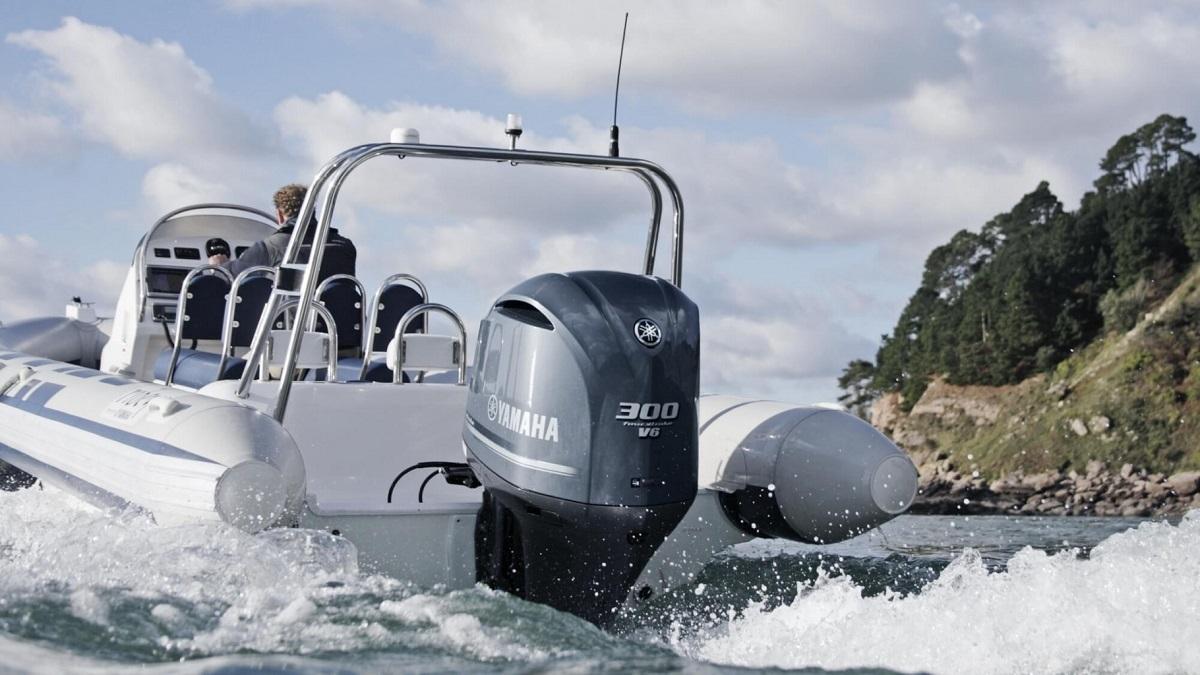Outboard Engines An Essential Powerhouse for Recreational Boating

A Brief History
The first outboard engine patents date back to the early 20th century but it was not until the post-World War 2 era that outboard engines really took off in popularity. Norwegian inventor and engineer Ole Evinrude is credited with developing one of the earliest commercially successful outboard engines in the year 1907. His focus on reliability and simplicity made outboard engines appealing to recreational boaters. In the following decades, American companies like Johnson Motors further popularized outboard engines. Advances in technology allowed engines to become more powerful while remaining lightweight enough for small boats. By the 1950s and 60s, outboard engines had become mainstream and many families enjoyed boating as a leisure activity thanks to their convenience. Today, Yamaha, Mercury, Honda, and Suzuki are some of the leading global outboard engine manufacturers.
How an Outboard Engine Works
At its core, an Outboard Engines functions much like a car or lawnmower engine. A four-stroke combustion cycle powers the engine by burning gasoline. The main components include the powerhead, which houses the cylinder block and consists of a piston, connecting rod and crankshaft. Air and fuel are drawn into the cylinder on the intake stroke and compressed on the compression stroke. Spark ignition causes combustion to occur on the power stroke, driving the piston downward. On the exhaust stroke, spent gases are forced out. Attached to the powerhead is a drive shaft that connects to a gear housed in the lower unit. This transmits power to the propeller shaft and propeller for forward thrust. Oil injection or carburetion provides the optimal fuel-air mixture for combustion. Sophisticated engine control modules now optimize performance.
Types of Outboard Engines
There are several types and sizes of outboard engines available today based on horsepower ratings and intended boat size:
- Portable Outboards (Under 25 HP): These are lightweight and conveniently portable for small aluminum fishing boats or inflatables. They use a manual or electric start. Popular brands include Yamaha, Honda.
- Mid-Range Outboards (25-100 HP): Ideal for larger fishing boats, pontoons and small cruising boats. Offer more power while still being moderately lightweight. Feature electric or pull-start ignition. Mercury, Yamaha excel in this category.
- Large Outboards (Above 100 HP): Heavy-duty four-stroke or high-performance two-stroke options deliver serious muscle for larger motorboats, cruisers and yachts. Come equipped with advanced controls and instrumentation. Leading brands are Mercruiser and Volvo Penta.
- Multi-Outboard Installations: Some very large boats require the power of multiple large outboards or "stern drives" installed side by side. This can produce over 1000 HP of thrust.
Explore more information on this topic, Please visit-
https://www.pressreleasebulletin.com/outboard-engines-size-and-share-analysis-growth-trends-and-forecasts/
- Art
- Causes
- Crafts
- Dance
- Drinks
- Film
- Fitness
- Food
- Игры
- Gardening
- Health
- Главная
- Literature
- Music
- Networking
- Другое
- Party
- Religion
- Shopping
- Sports
- Theater
- Wellness
- IT, Cloud, Software and Technology


